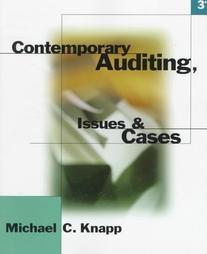Answered step by step
Verified Expert Solution
Question
1 Approved Answer
18-2B Answer a, b and c please P18-2B Kinnard Electronics manufactures two home theater systems: the Elite wch sells for $1,400, and a new model,
18-2B
Answer a, b and c please

Step by Step Solution
There are 3 Steps involved in it
Step: 1

Get Instant Access to Expert-Tailored Solutions
See step-by-step solutions with expert insights and AI powered tools for academic success
Step: 2

Step: 3

Ace Your Homework with AI
Get the answers you need in no time with our AI-driven, step-by-step assistance
Get Started


